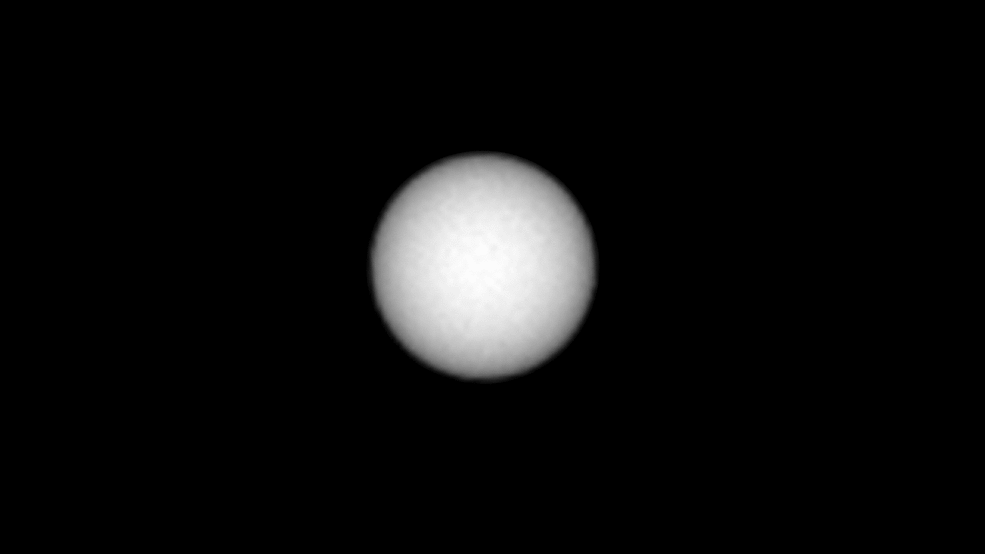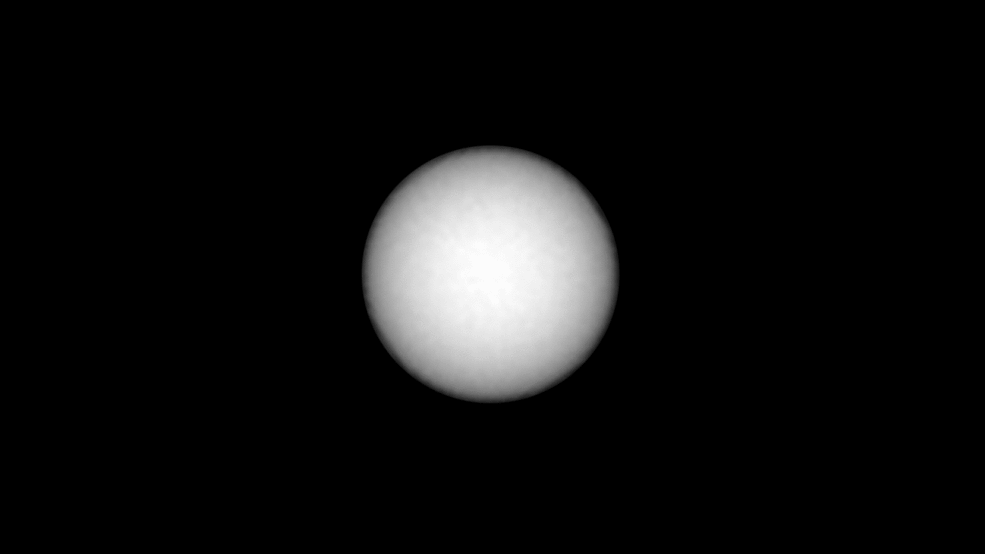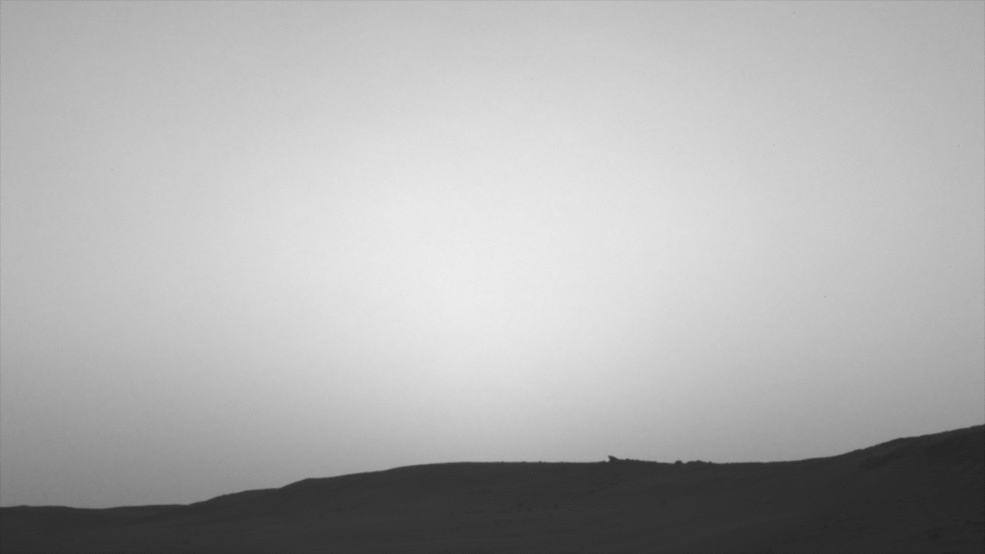
Last month (March 2019), cameras on NASA’s Mars Curiosity rover captured a solar eclipse by each of the planet’s moons, Phobos and Deimos.
The Curiosity Mastcam camera, which has solar filters that allow it to stare directly at the sun, imaged Phobos crossing the sun on March 26, 2019, and Deimos on March 17, 2019.
Eclipses on Mars are not quite as total as those that we can sometimes see here on Earth, during which the moon completely blots out the sun. The two moons of Mars are small, Phobos is about seven miles (11.5 km) across and Deimos is only about 1 1/2 miles (2.3 km) across. As you can see in the two animations, neither Mars moon completely covers the sun.

In addition to capturing each moon crossing in front of the sun, one of Curiosity’s cameras observed the shadow of Phobos on March 25, 2019. As the moon’s shadow passed over the rover during sunset, it momentarily darkened the light. NASA said:
The image was taken after the sun had descended behind the horizon, just as Phobos was rising and throwing its elongated shadow across the Martian surface. Dust particles in the atmosphere acted as a screen against which the shadow was projected.

Solar eclipses have been seen many times by Curiosity – which landed on Mars in 2012 – and other rovers in the past. Besides being cool, these events also help researchers fine-tune their understanding of each moon’s orbit around Mars.
Before the Spirit and Opportunity rovers landed in 2004, there was much higher uncertainty in the orbit of each moon, said Mark Lemmon of Texas A&M University, a co-investigator with Curiosity’s Mastcam. The first time one of the rovers tried to image Deimos eclipsing the sun, they found the moon was 25 miles (40 km) away from where they expected. Lemmon said in a statement:
More observations over time help pin down the details of each orbit. Those orbits change all the time in response to the gravitational pull of Mars, Jupiter or even each Martian moon pulling on the other.
So far, Mars rovers – either Spirit, Opportunity or Curiosity – have made eight observations of Deimos eclipsing the sun from and about 40 of Phobos.
Bottom line: The Mars Curiosity rover camera captured solar eclipses by the planet’s two moons Phobos and Deimos.











